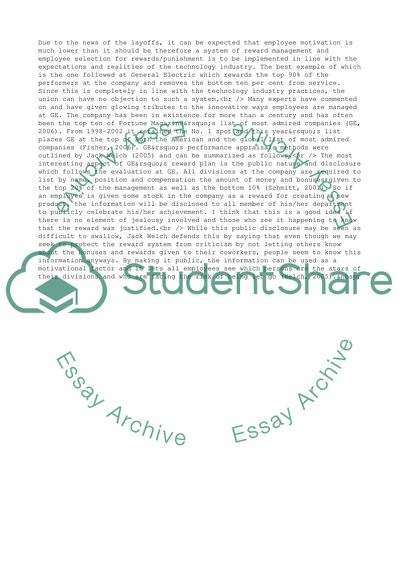Cite this document
(Following a Reward System Based on Differentiation Coursework, n.d.)
Following a Reward System Based on Differentiation Coursework. Retrieved from https://studentshare.org/management/1705384-reward-management
Following a Reward System Based on Differentiation Coursework. Retrieved from https://studentshare.org/management/1705384-reward-management
(Following a Reward System Based on Differentiation Coursework)
Following a Reward System Based on Differentiation Coursework. https://studentshare.org/management/1705384-reward-management.
Following a Reward System Based on Differentiation Coursework. https://studentshare.org/management/1705384-reward-management.
“Following a Reward System Based on Differentiation Coursework”. https://studentshare.org/management/1705384-reward-management.


